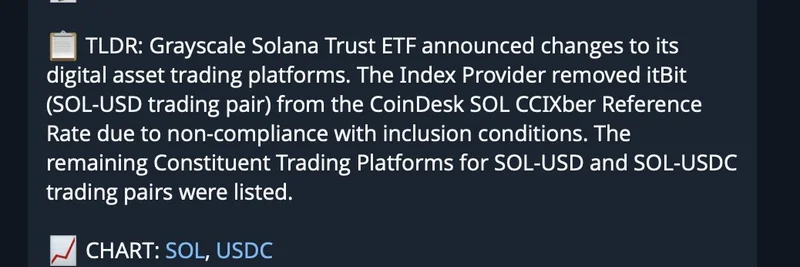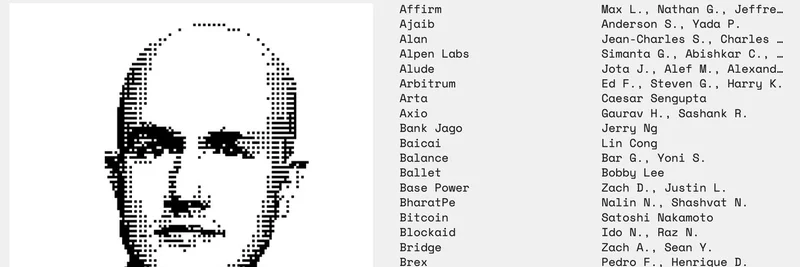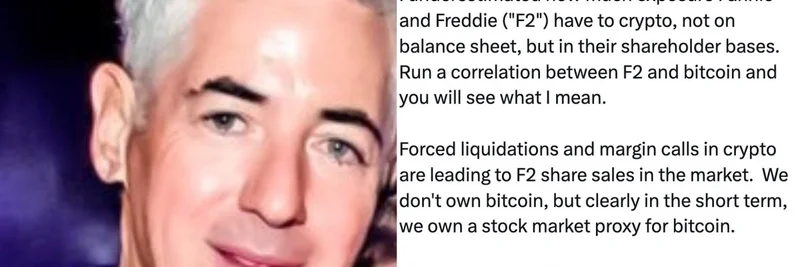Recently, BSCNews highlighted a detailed analysis of Zcash ($ZEC), calling it one of the industry's top privacy platforms. If you're into meme tokens and blockchain, understanding privacy tech like this could change how you think about secure trading. Let's break it down in simple terms, based on that insightful piece from BSCNews.
A Quick History of Zcash
Zcash didn't just appear out of nowhere—it built on years of academic research from places like Johns Hopkins and the Technion. It forked from Bitcoin back in 2016, keeping the same 21-million coin limit and proof-of-work setup, but adding a game-changing twist: built-in privacy for transactions.
The project kicked off with the Electric Coin Company (originally the Zcash Company) at the helm, working with top cryptographers. Over the years, it's seen major upgrades:
- Sapling in 2018: Made privacy proofs super fast (just seconds) and lightweight enough for mobile wallets.
- Heartwood in 2020: Boosted scalability and helped miners with better block handling.
- NU5 in 2022: Ditched the need for trusted setups, merged address types, and ramped up efficiency.
Governance has evolved too, shifting from founders to community votes on funding and changes. This keeps things decentralized and aligned with user needs.
The Magic Behind zk-SNARKs
At its core, Zcash uses zk-SNARKs—short for Zero-Knowledge Succinct Non-Interactive Arguments of Knowledge. Sounds fancy, right? Basically, it's a way to prove a transaction is valid without spilling any details like who sent it, who received it, or how much was involved.
Zcash offers two types of addresses:
- Transparent (t-addresses): Like Bitcoin, everything's public.
- Shielded (z-addresses): Encrypts the data, so it's private but still verifiable.
This "shielded pool" acts like a built-in mixer, making it harder to trace funds. It's all powered by elliptic curves and polynomials, and they're even eyeing post-quantum upgrades to stay ahead of future tech threats.
For meme token enthusiasts, imagine applying this to your wild trades—keeping your wallet moves hidden from prying eyes, which could be huge in volatile markets.
Key Features That Stand Out
Zcash isn't just about hiding stuff; it's flexible:
- Choose privacy or transparency per transaction.
- Share "viewing keys" if you need to prove something for regs or audits.
- Upgrades have made it faster and more user-friendly, especially on mobiles.
- Unified addresses from NU5 simplify everything—no more juggling types.
In the meme world, where hype can attract unwanted attention, features like these could inspire new tokens with optional privacy, blending fun with security.
Mining and Economics
Zcash mines with Equihash, a memory-heavy algorithm meant to keep big ASICs at bay (though some showed up anyway). It halves rewards every four years, just like Bitcoin, for controlled supply.
Right now, 80% of block rewards go to miners, and 20% funds development—split between grants and a future decentralized pot. This model ensures the project stays funded without relying on VCs.
Price and Market Vibes
While the analysis doesn't dive deep into prices, Zcash has ridden the crypto waves since launch. It's traded on major exchanges like Coinbase and Kraken, but privacy perks mean it's not everywhere due to regs.
The Controversies
Privacy is a double-edged sword. Zcash has faced heat for potential misuse in laundering or dodging sanctions, leading to delistings in places like South Korea and Japan. Tech complexity also makes audits tricky, and it's sometimes lumped in with darknet stuff, even though it's great for legit privacy like business secrets.
For meme tokens, this highlights the trade-offs: more privacy might mean more scrutiny, but it could protect creators and holders in edgy communities.
How It's Being Used Today
Zcash shines in private payments, savings, and even subscriptions (like with NymVPN). It's pushing into DeFi with shielded assets crossing chains via Router Protocol, keeping things confidential.
Wallets like Zashi default to shielded mode, making privacy easy. This could be a blueprint for meme projects wanting to add privacy layers without complicating UX.
What's Next for Zcash?
Looking ahead, Zcash aims to integrate more with DeFi—think private lending or DEXes. They're optimizing for mobiles and building privacy bridges across chains.
Challenges include balancing privacy with speed and decentralization, but their sustainable funding keeps innovation rolling.
In the meme token space, Zcash's tech could spark hybrids: fun, viral coins with optional zk-privacy to shield against whales or snoops. It's not a meme itself, but the ideas here are gold for blockchain builders.
If you're trading memes on chains like Solana or Ethereum, keep an eye on privacy tech—Zcash shows what's possible. For more crypto insights tailored to memes, stick with Meme Insider.



